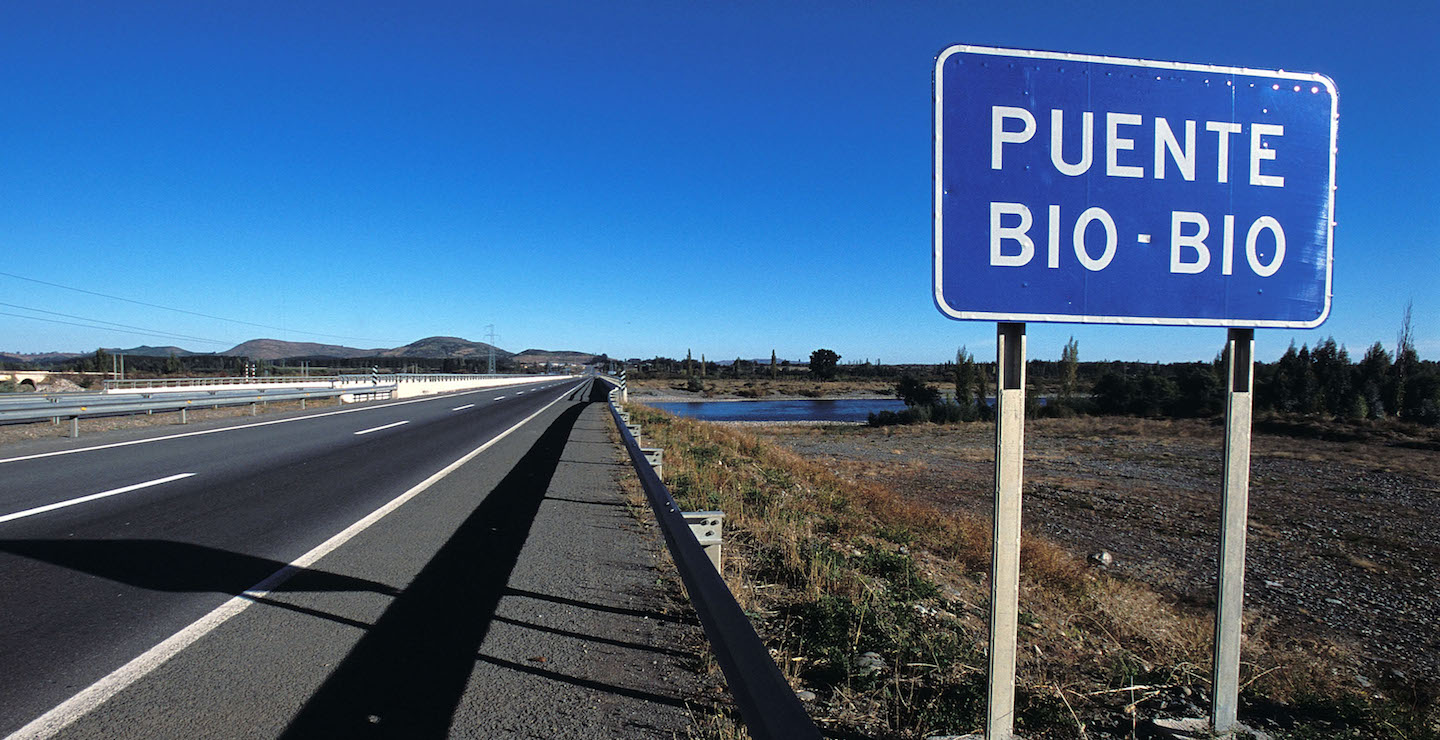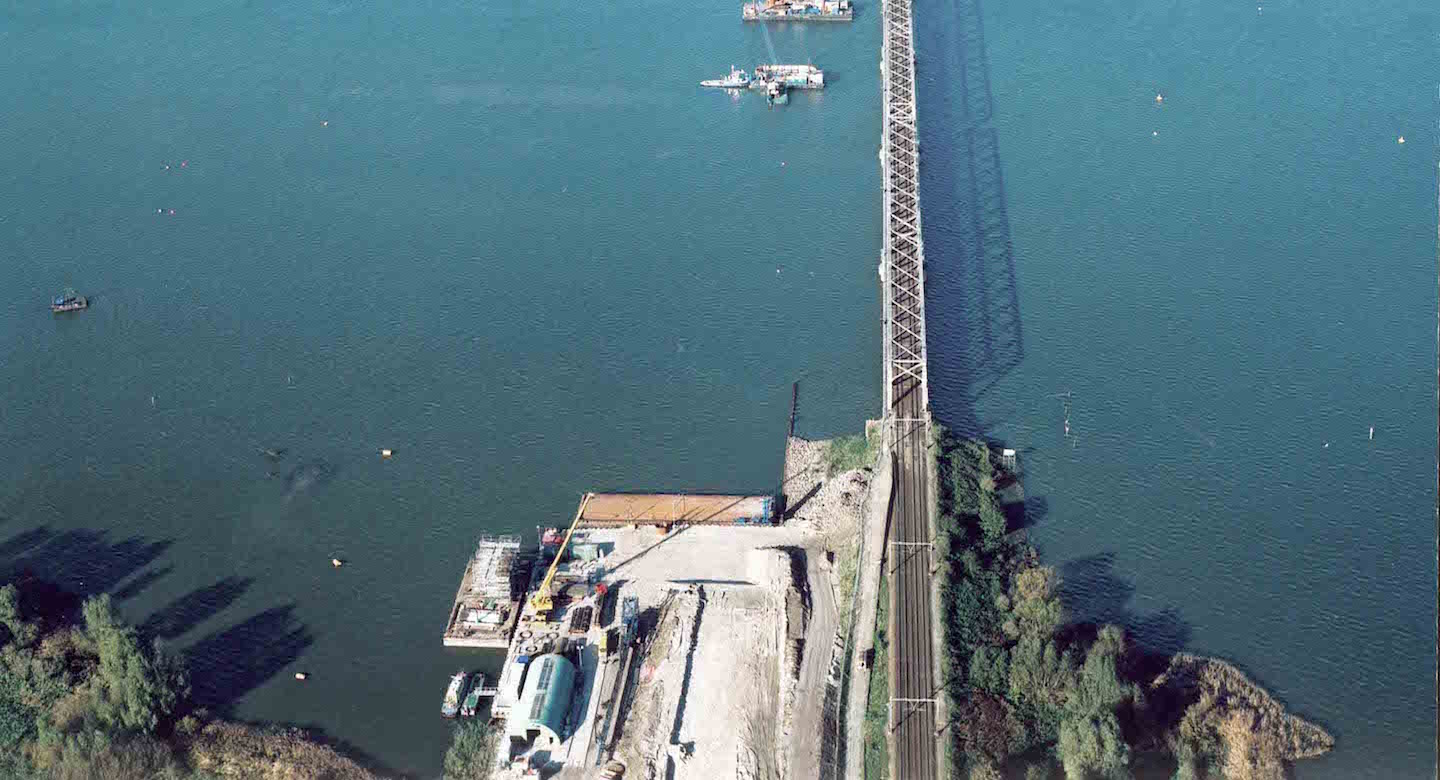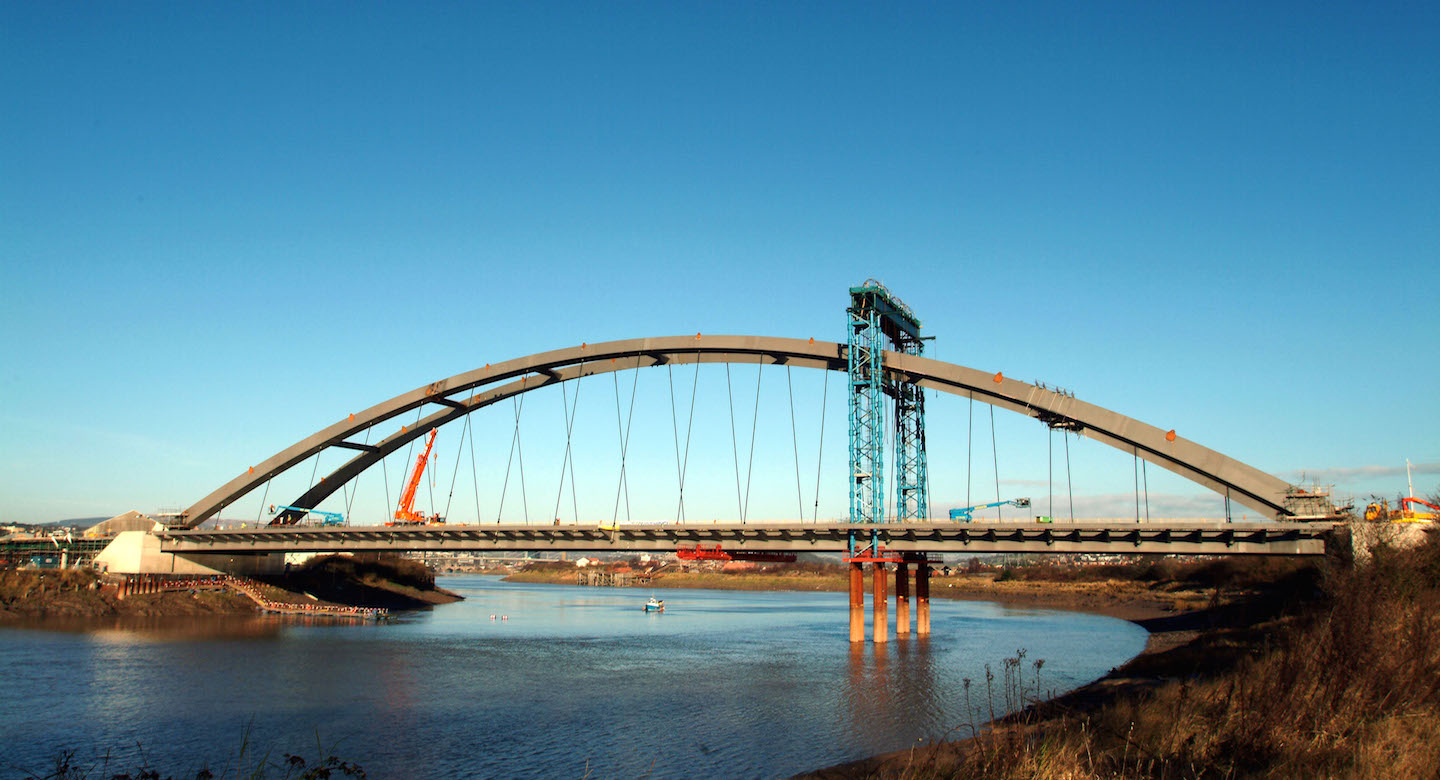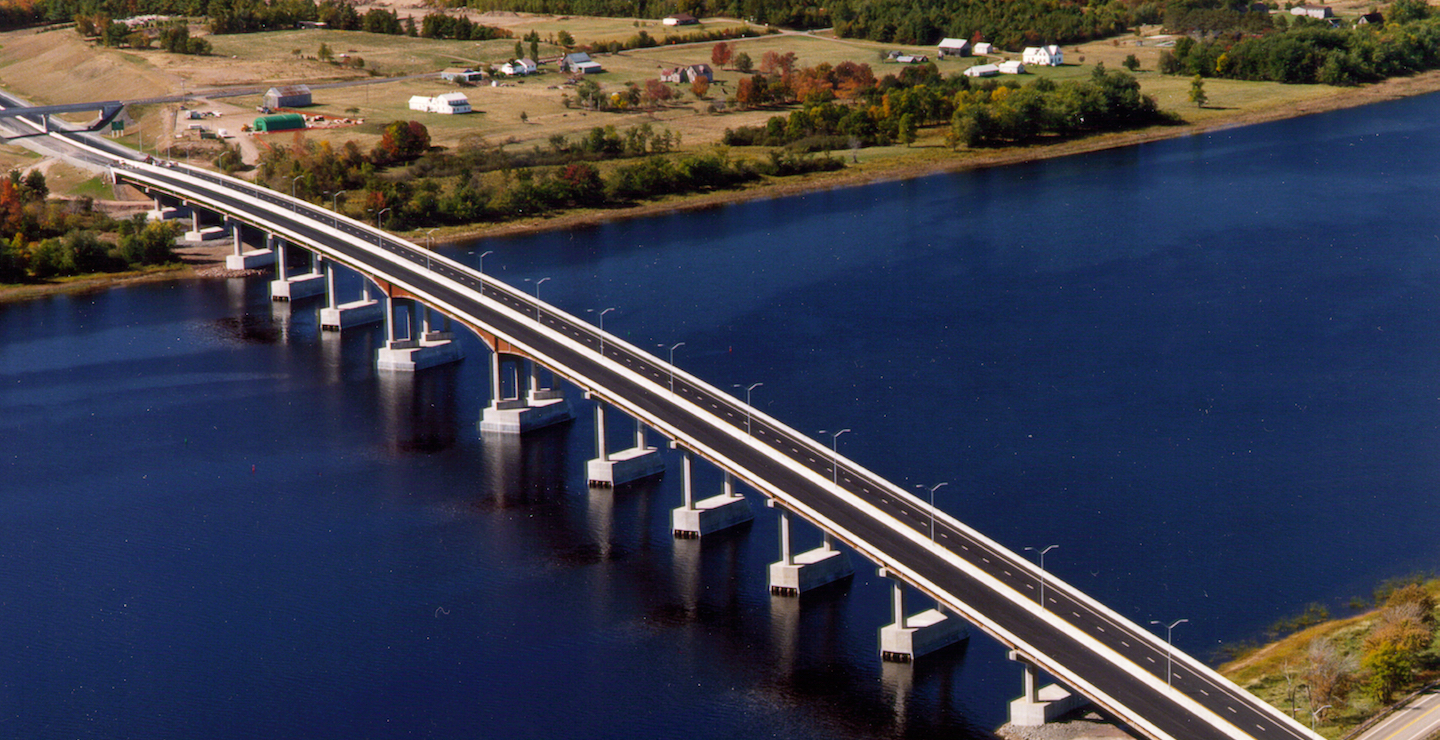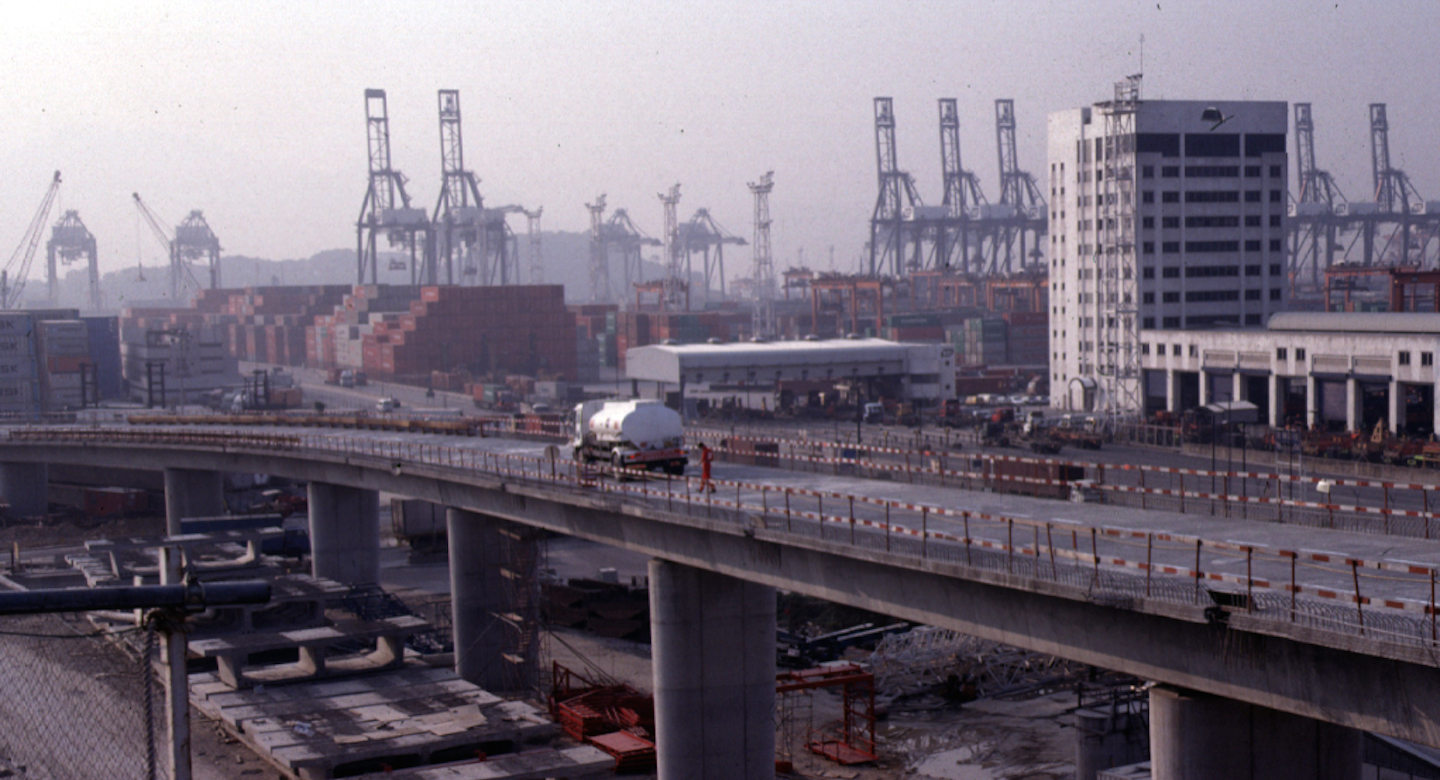The Sud Europe Atlantique high-speed rail line (LGV SEA) is the largest civil engineering project in Europe this decade and the most extensive railway infrastructure concession contract ever awarded in Europe.
This 300-kilometre-plus project is designed to reduce travel time between Paris and Bordeaux by nearly an hour. VINCI Construction Grands Projets was part of the consortium in charge of designing and building this new rail line whose operation by private interests is set for a period of 50 years.
This rail project required the building of more than 500 standard engineering structures along the 302-kilometre line, including 24 viaducts, 15 grade separations, and 7 cut-and-covers.
This highway, located 400 kilometres south of Santiago in Chile (the highway starts at the 413th kilometre), is 165 kilometres long, extending from Chillán to Collipulli. This project marks a new stage in VINCI Construction Grands Projets’ expansion in Latin America.
The VINCI Group was the first French company to enter the highway-concession market in Chile. In all, 36 months were needed to build this highway that includes a dual 2-lane carriageway over a 30-kilometre stretch that runs parallel to the Pan-American “Ruta 5 Sur.” The highway, which is an earthquake zone, includes 29 interchanges, 36 bridges, 15 footbridges, and 600 drainage and irrigation structures.
VINCI Construction Grands Projets was mandated by the ministry of transport, public works, and water management in the Netherlands to design and build a 16-kilometre section including a composite bridge (steel structure) spanning the Hollandsch Diep (1,190 metres long), two underwater tunnels crossing the Oude Maas and Dordtsche Kil (2,640 and 2,600 metres long, respectively), a 1,000-metre access viaduct, various engineering structures such as bridges and trenches, including the 935-metre Mokhoek open trench as well as 8.5 kilometres of railway infrastructure slabs resting on 27,000 driven piles.
This mandate is Lot Number 4 of the HSL project (fourth geographical sector out of a total of five for the high-speed line connecting Amsterdam to the border with Belgium).
This bypass-construction project, led jointly by Morgan Est and the VINCI Group, was designed to easy the flow of traffic south of Newport. Along with a 9.3-kilometre bypass road, the mandate called for upgrades to existing roads and the construction of a 195-metre bowstring arch bridge spanning the River Usk.
VINCI Construction Grands Projets oversaw design and construction, while VINCI Concessions managed funding, operation, and maintenance.
The Saint-John and Jemseg bridges are major components of the Fredericton Moncton Toll Road project.
The Jemseg River Bridge is the name for two different structures that cross the Jemseg River as part of a highway realignment of Route 2 (Trans-Canada Highway) that opened in October 2001. This project included a 950 metres launched girder bridge, constructed approximately 100 metres upstream from the original structure.
The Saint John River High Level Crossing is a steel girder bridge crossing the Saint John River. Completed in 2001 and opened to the public in October 2002, the bridge carries 4 lanes of the realigned Route 2.
Designing and building, under tight deadlines, a viaduct overlooking 15 highway lanes without disrupting traffic – that was our challenge in Hong Kong. Construction of the Kwai Chung viaduct was part of a program designed to connect the new Chek Lap Kok Airport to the city centre. The project called for the construction of a 3-kilometre, 8-lane highway viaduct with precast beams, 4.2 kilometres of access ramps and interchanges with precast concrete segments, and a 5,270-metre railway viaduct with precast concrete segments. Studies for the main viaduct, support structures, and construction methods were carried out concurrently in an effort to minimise the length of the project. Full-fledged cooperation among the engineering design office, the team responsible for determining construction methods, and the builders made this project a success story.



